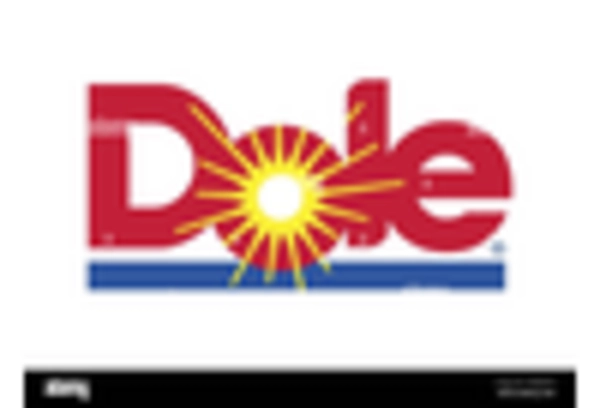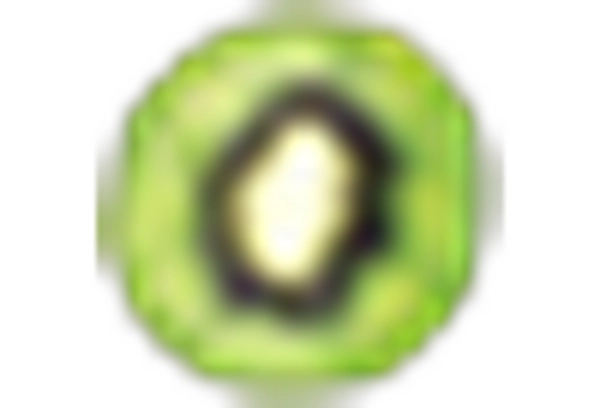E-Commerce Expansion
The rapid expansion of e-commerce platforms is significantly influencing the Fruit Jelly Market. As consumers increasingly turn to online shopping for convenience, the availability of fruit jellies through various digital channels is on the rise. Market data indicates that online sales of food products, including fruit jellies, have seen substantial growth, with projections suggesting that this trend will continue in the coming years. In 2025, the ease of access to a wide range of fruit jelly products online is likely to enhance consumer purchasing behavior, allowing brands to reach a broader audience. Consequently, companies that invest in robust e-commerce strategies may find themselves well-positioned to capitalize on this shift within the Fruit Jelly Market.
Exotic Flavor Profiles
The exploration of exotic flavor profiles is emerging as a compelling driver within the Fruit Jelly Market. Consumers are increasingly seeking unique and diverse taste experiences, prompting manufacturers to innovate with flavors that go beyond traditional offerings. This trend is supported by market data suggesting that fruit jellies featuring tropical fruits, spices, and unusual combinations are gaining traction among adventurous eaters. In 2025, the introduction of new flavors is likely to attract a broader audience, including younger demographics who are eager to experiment with their food choices. As a result, brands that successfully incorporate these exotic flavors into their product lines may enhance their competitive edge in the Fruit Jelly Market.
Health-Conscious Choices
The increasing consumer inclination towards health-conscious choices appears to be a pivotal driver for the Fruit Jelly Market. As individuals become more aware of the nutritional content of their food, there is a growing demand for fruit jellies that are low in sugar and free from artificial additives. This trend is reflected in market data, which indicates that products labeled as organic or containing natural ingredients are witnessing a surge in popularity. In 2025, the market for healthier fruit jelly options is projected to expand significantly, as consumers prioritize wellness and seek alternatives that align with their dietary preferences. Consequently, manufacturers are reformulating their products to cater to this demand, thereby enhancing their market presence within the Fruit Jelly Market.
Sustainability Initiatives
Sustainability initiatives are becoming increasingly relevant in the Fruit Jelly Market, as consumers express a preference for environmentally friendly products. The demand for sustainable packaging and ethically sourced ingredients is on the rise, prompting manufacturers to adopt practices that align with these values. Market data suggests that brands emphasizing sustainability are likely to attract a loyal customer base, as consumers are willing to pay a premium for products that reflect their environmental concerns. In 2025, the integration of sustainable practices into production processes may not only enhance brand reputation but also contribute to the overall growth of the Fruit Jelly Market.
Innovative Packaging Solutions
Innovative packaging solutions are emerging as a key driver in the Fruit Jelly Market. As consumers seek convenience and functionality in their food products, manufacturers are responding by developing packaging that enhances the user experience. This includes resealable pouches, single-serve containers, and eco-friendly materials. Market data indicates that products with innovative packaging are more likely to attract consumer attention and drive sales. In 2025, the emphasis on packaging design is expected to play a crucial role in differentiating brands within the Fruit Jelly Market, as companies strive to meet the evolving preferences of their customers.


















Leave a Comment